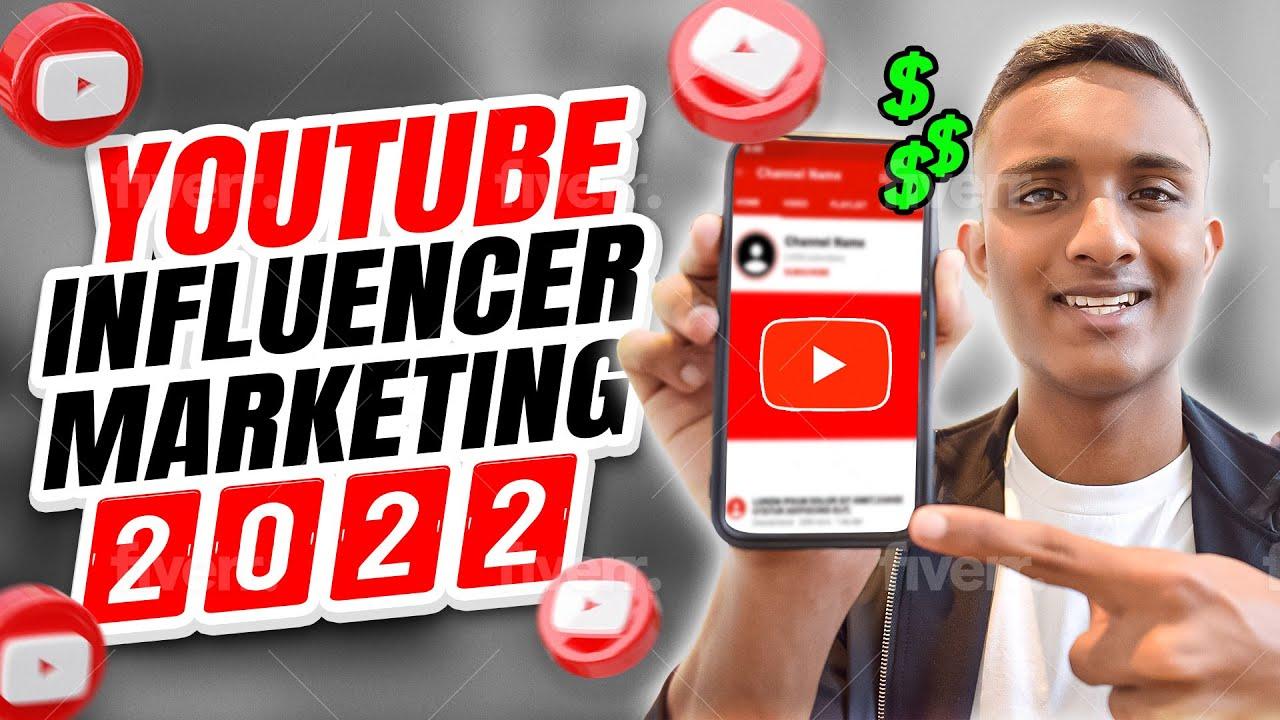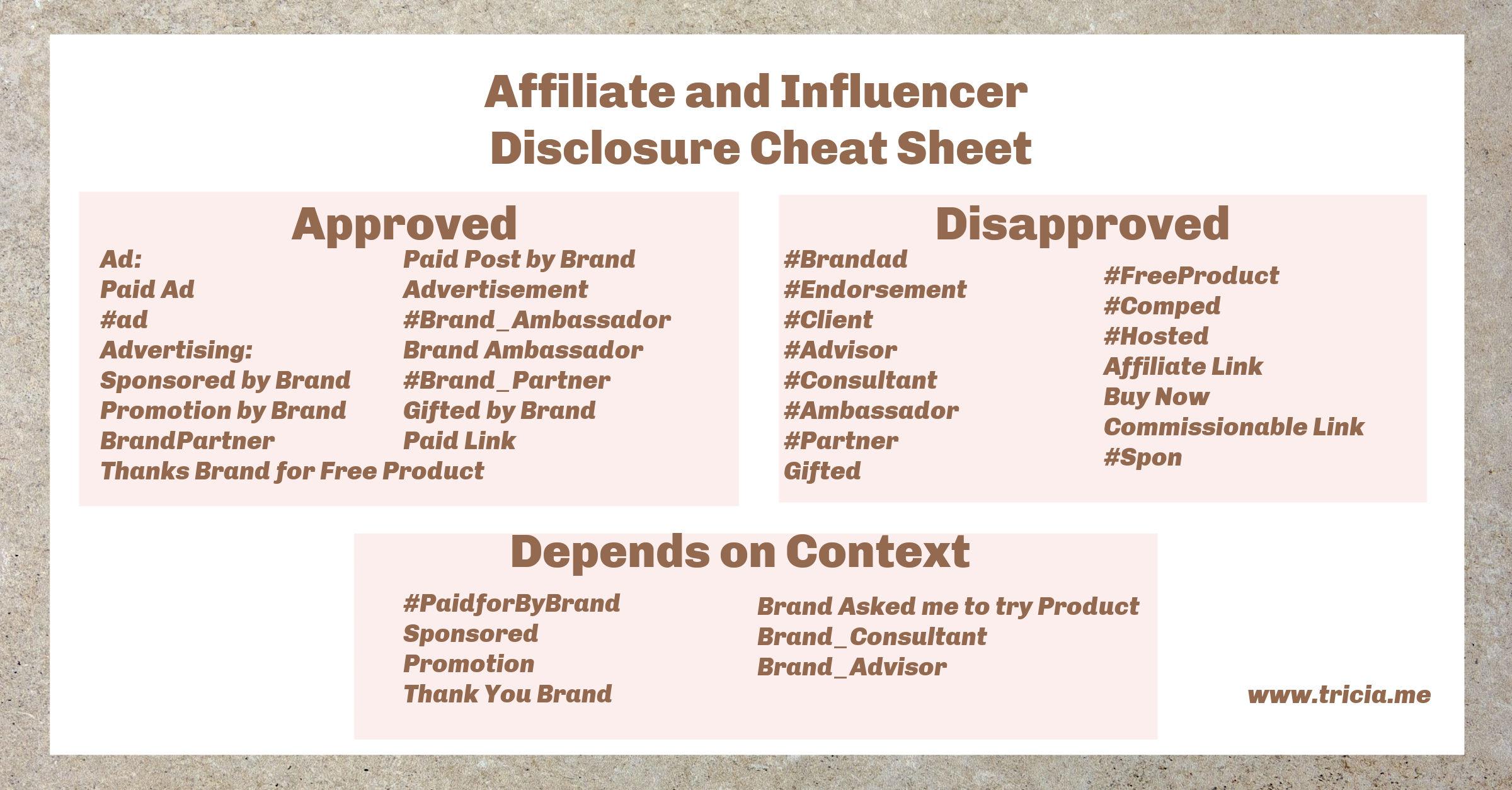
In an age where a single video can propel a content creator to stardom overnight, the realm of influencer marketing has become a powerful tool for brands seeking to connect with their audiences. Yet, as YouTube influencers rise to prominence, the legal waters surrounding this dynamic landscape grow increasingly complex. From copyright issues to endorsement disclosures, navigating the myriad of regulations can be as challenging as it is essential. In this article, we embark on a journey through the intricate interplay of creativity and compliance, shedding light on the essential legal insights that every influencer and brand should know.Join us as we explore the vital considerations for successful collaborations, ensuring that both creators and companies can ride the waves of influencer marketing with confidence and clarity.
Understanding FTC Guidelines for Influencer Partnerships
In the ever-evolving landscape of social media, adhering to the FTC guidelines is crucial for maintaining clarity and trust between influencers and their audience. influencers must disclose any material connections they have with brands, ensuring followers are aware of promotional content. This helps to set clear expectations and discourages any misleading details about sponsored products. common practices to achieve this include:
- clear language: Use straightforward phrases like “ad,” “paid partnership,” or “sponsored.”
- Placement: Position disclosure at the beginning of the video or post to capture immediate attention.
- Contextual relevance: Mention the connection naturally, integrating it within your content seamlessly.
To further illustrate compliance, it’s helpful to understand the different types of sponsorships influencers may engage in. Here’s a simplified breakdown:
| Type of Sponsorship | Disclosure Requirement |
|---|---|
| Monetary Compensation | Must disclose in every post or video. |
| Free Products | Must disclose if receiving products for review. |
| Affiliate Links | Must disclose the potential for earnings through links. |

Crafting Authentic Content While Staying Compliant
In the vibrant world of YouTube influencer marketing, creating content that resonates with audiences while adhering to legal guidelines can be a complex balancing act. Authenticity is key; influencers should share personal experiences, honest opinions, and genuine interactions with products or brands. However, being obvious about sponsorships and advertisements is equally crucial. This can be achieved by incorporating clear disclaimers in video descriptions and on-screen captions, ensuring viewers understand when content is paid promotion. To enhance clarity, consider the following practices:
- Utilize Hashtags: Include tags like #ad or #sponsored in video titles or descriptions to directly indicate promotional content.
- Provide Context: Explain the nature of the partnership and your relationship with the brand briefly.
- Maintain Authenticity: Avoid overly scripted endorsements; genuine enthusiasm often resonates more with viewers.
Moreover, compliance goes beyond merely adhering to advertising standards. It’s also about respecting copyright and intellectual property. Ensure that all music,visuals,and third-party content used in videos are properly licensed or attributed. additionally, the use of informal recommendations should not infringe upon any contractual commitments. Streamline the process by creating a simple checklist for each video upload:
| Guidelines | Checklist |
|---|---|
| Transparency with Audience | ✅ Include disclaimers |
| Copyright Compliance | ✅ Check licenses for all media |
| Genuine representation | ✅ Use personal anecdotes |
| Advertising Standards | ✅ Use required hashtags |

Mitigating Risks: Contracts and Legal Protections for Influencers
For influencers navigating the complexities of YouTube marketing, establishing solid contracts and legal protections is essential. Contracts serve as a safety net,outlining the expectations and obligations of all parties involved in a collaboration. They should address critical aspects such as payment terms,deliverables,timelines,and ownership of content. Furthermore, having clear non-disclosure agreements (NDAs) can protect sensitive information that might be shared during partnerships.The specificity in contracts not only shields against misunderstandings but also helps in setting a professional tone for the agreement, ultimately aiding in conflict resolution should issues arise.
Understanding the landscape of legal protections is equally crucial. Influencers should be vigilant about compliance with advertising regulations, ensuring transparency in their promotional content. A few key elements to include in legal considerations are:
- Disclosures: Clearly stating whether a video is sponsored or if products were received for free.
- Intellectual Property Rights: Ensuring clarity on who retains ownership of video content and its associated assets.
- Liability Waivers: Protecting against claims related to product endorsements.
Incorporating such measures can definitely help influencers safeguard their brand and personal interests, creating a healthier environment for future collaborations.Below is a simplified template for understanding the key components of an influencer contract:
| Contract Element | Description |
|---|---|
| party Details | Names and contact information of all parties involved. |
| Scope of Work | Detailed description of tasks and deliverables. |
| payment Terms | Amount, payment method, and timing of payments. |
| Duration | Length of the contract and renewal terms. |
| Termination Clause | Conditions under which the contract can be terminated. |

Building Trust through Transparency in Marketing Campaigns
In the world of influencer marketing, building a solid relationship with your audience hinges on honesty and openness. youtube influencers can foster loyalty and engagement by being transparent about sponsored content. Viewers appreciate when creators clearly label ads or promotions, which helps demystify marketing practices and reinforces an ethical approach. This transparency does not just build trust; it can also enhance a brand’s image, as followers are more likely to support influencers who demonstrate accountability in their partnerships.
Implementing a few best practices can further enhance transparency in your campaigns:
- Disclose Partnerships: Always indicate when content is sponsored or has been paid for.
- Share Authentic Reviews: Encourage influencers to provide genuine feedback about the products they promote.
- Open Communication: Create platforms for dialog where audiences can ask questions about the brand and its offerings.
| Transparency Practice | Benefits |
|---|---|
| Clear Labeling | Helps viewers distinguish between organic and paid content. |
| Engagement Metrics | Increased viewer interaction and trust. |
| Feedback Loop | encourages meaningful conversations and connection. |
Wrapping Up
As we anchor our exploration of the nuanced world of youtube influencer marketing, it becomes clear that navigating these legal waters is essential for both brands and creators. The rise of digital influence brings with it a unique set of challenges — from understanding FTC regulations to ensuring transparent collaborations that resonate with audiences. by prioritizing compliance and fostering authentic relationships,influencers and marketers can not only safeguard their reputations but also enrich the creative landscape of social media.
In this ever-evolving realm, staying informed is key. As trends shift and regulations adapt, commitment to ethical practices will set apart those who thrive from those who falter.Whether you’re a budding influencer or a seasoned marketer, embracing these insights will arm you with the tools necessary to sail smoothly through the complexities of the digital age. So, as you continue your journey, remember: the waters may be turbulent, but with the right knowledge, every wave can become an possibility for growth, engagement, and success. Safe travels on your quest for influence!